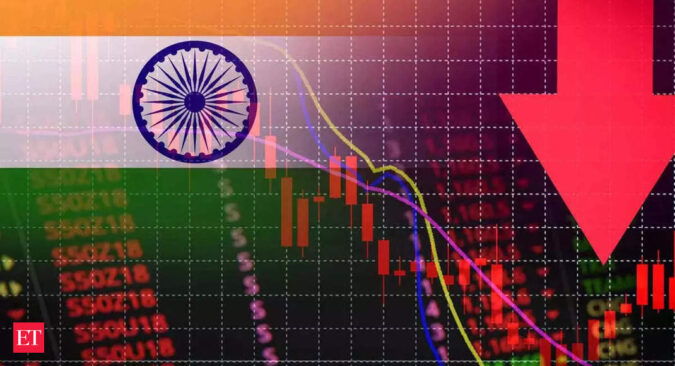According to the report, the growth print has been on a decline with the gradual elimination of the base factor along with the weakness in the export sector and lack of strength in rural demand.
“While the overall GDP growth for FY23 is estimated to be close to 7.0%, that in Q4FY23 is estimated to be around 4.0%-4.5%. Notwithstanding the heightened global risks and the impact of increased interest rates, we believe that India can post a 6.0% growth print in FY24 on the back of a buoyancy in the services sector, moderation in inflation and the consistency in public sector capital expenditure,” said Suman Chowdhury, Chief Analytical Officer, Acuité Ratings.
Additionally, power generation has dipped by 3.1% YoY in March 2023 which can be attributed to the lower residential demand amidst relatively moderate weather in the previous month as compared to the heat wave experienced in corresponding period of previous year.
“On an annualized basis, there were also three indicators that reported a contraction on expected lines – both exports and imports have reported a drop of 9.1% and 4.4% respectively as compared to Mar-22. While exports of both commodities and manufactured goods have been adversely impacted in FY23 due to the global uncertainty, imports have also seen a declining trend given the moderation in crude purchase prices and slower demand for imported consumption goods,” the report stated.
Earlier today, an ET poll of 20 economists had suggested that India’s economy is likely to post a resilient 6% growth in FY24, easing slightly from 7% in FY23 because of softer global growth and higher interest rates.
The poll forecasts ranged from 5.2% to 6.3% with a median estimate of 6%. Despite the moderation, India will remain the fastest-growing major economy.Growth is expected to bounce back to 6.5% in FY25, according to the economists polled.
Additionally, power generation has dipped by 3.1% YoY in Mar-23 which we attribute to the lower residential demand amidst relatively moderate weather in the previous month as compared to the heat wave experienced in previous March.
Furthermore, the auto volumes had been on a relatively slower track in H2 FY23 after the peak festive season in Sep-Oct 2022. The report said that it is driven by the continuing weakness in rural demand and the sharp drop in exports particularly of two wheelers due to the global slowdown.
Domestic steel production has also grown only marginally on a YoY basis. While higher public expenditure in infrastructure has driven domestic demand, steel exports have seen a significant dip due to the imposition of export duty in May-22.
Earlier this month, the Reserve Bank of India (RBI) projected growth at 6.5% in FY24 while the International Monetary Fund (IMF) put it at 5.9%.
Rate hikes from the RBI since last May are also likely to have an impact on growth this year. The central bank has increased rates by 250 basis points and is now expected to remain on an extended pause at least until year-end.
